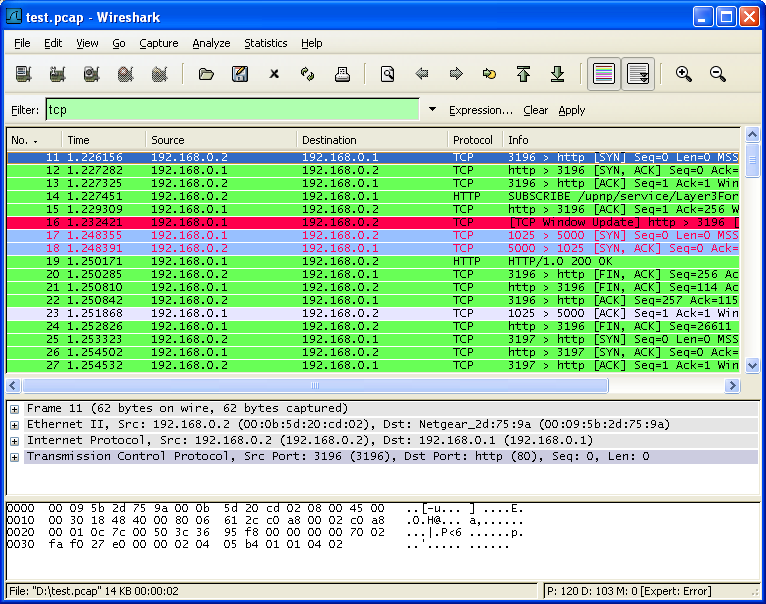

Remember that Wireshark has display filters and capture filters. Also here in the comments I suggest you share the running filters that you often use, as well as interesting finds – I will add them to this list.

For novice users, this can be a bit of a Wireshark filter reference, a starting point for exploring. I collected the most interesting and most frequently used Wireshark filters for me. And there is a lot of documentation on these filters, which is not so easy to understand. In Wireshark just a huge number of various filters.

For example, "ip.addr" matches against both the IP source and destination addresses in the IP header. This translates to "pass any traffic except with a source IPv4 address of 192.168.65.129 or a destination IPv4 address of 192.168.65.129"ġ5.Some filter fields match against multiple protocol fields.

TCP buffer full - Source is instructing Destination to stop sending data tcp.window_size = 0 & != 1ġ3.Filter on Windows - Filter out noise, while watching Windows Client - DC exchanges smb || nbns || dcerpc || nbss || dns Show only traffic in the LAN (.x), between workstations and servers - no Internet: ip.src =192.168.0.0/16 and ip.dst =192.168.0.0/16ġ2. Show only SMTP (port 25) and ICMP traffic: tcp.port eq 25 or icmpġ1. Display http response code of 200 in network traffic = 200ġ0. Show traffic which contains google tcp contains googleħ. display all protocols other than arp, icmp and dns !(arp or icmp or dns)Ħ. Display traffic with source or destination port as 443 tcp.port = 443ĥ. Display tcp and dns packets both tcp or dnsģ.


 0 kommentar(er)
0 kommentar(er)
